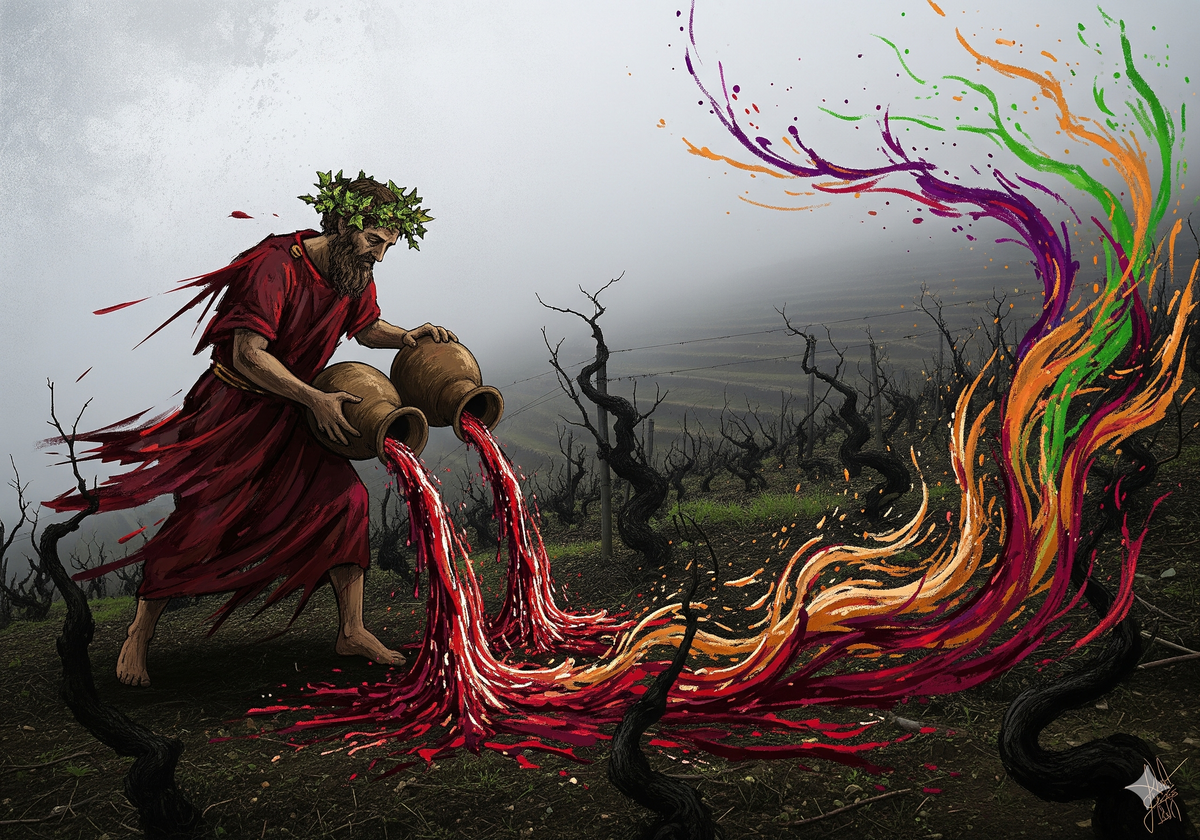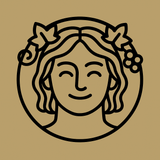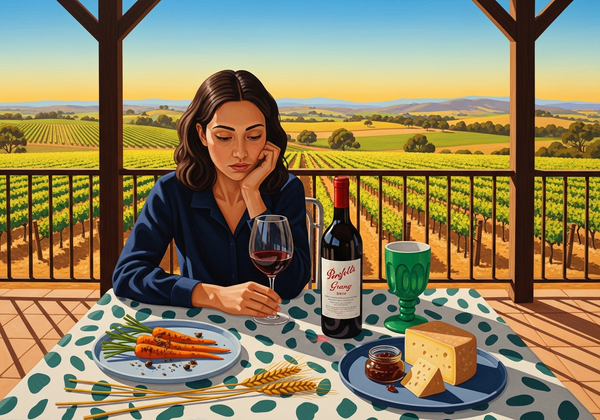“Domaine Ganevat: The Anarchist of the Jura”
Domaine Ganevat, led by Jean-François “Fanfan” Ganevat in the Jura, crafts cult natural wines from tiny plots, forgotten grapes, and fearless experimentation. Biodynamic, wild, and alive — Ganevat embodies rebellion in every bottle.

From tiny cellars to global cult status, Jean-François Ganevat turned the quiet hills of the Jura into a stage for freedom, faith, and wild experimentation.
A Beginning in Obscurity
The Jura is a region that whispers rather than shouts. Nestled between Burgundy and Switzerland, it is a land of limestone slopes, cool forests, and vineyards that for centuries supplied wines to locals, rarely the world.
It was here, in Rotalier, that the Ganevat family had been farming since the 17th century. By the time Jean-François (“Fanfan”) Ganevat took over in 1998, the estate was barely 8.5 hectares — small even by Jura standards. But size was never the point.
Fanfan’s vision was not to build an empire. It was to liberate the grape.
The Creed of Fanfan: Nature First
Ganevat is not a man of half-measures. His philosophy reads like scripture for those who worship authenticity:
- Biodynamics: Certified in 2014, but practiced intuitively long before — cows in the vineyard, composts, lunar rhythms.
- Tiny Plots, Many Wines: Dozens of micro-cuvées, sometimes over 40 bottlings in a single vintage, each vineyard, each parcel given its own voice.
- Native Yeasts, No Sulfur: Fermentations with wild yeasts, minimal intervention, often no sulfur at all. Wines that live and breathe, sometimes volatile, always alive.
- Forgotten Grapes: Beyond Chardonnay and Savagnin, Fanfan championed obscure local varieties like Trousseau, Poulsard, Petit Béclan, and even blends with hybrids.
- Long Élevage: Whites often aged on lees for years, gaining depth and texture; reds handled delicately, almost like Burgundies.
This was not just winemaking. This was rebellion.
The Wines: Wild, Alive, Unruly
To taste Ganevat is to walk a tightrope between chaos and revelation.
- Chardonnays: Mineral, taut, but often leesy, nutty, carrying both Jura wildness and Burgundian elegance. Some are oxidative, others pristinely topped up — the spectrum itself is the message.
- Savagnin: Both ouillé (topped-up, fresh) and sous voile (aged under flor, nutty, sherry-like). No estate expresses Savagnin’s duality like Ganevat.
- Reds: Trousseau, Poulsard, Pinot Noir — delicate, ethereal, almost weightless. At times cloudy in the glass, but whispering with haunting purity.
- Hybrids and Experiments: Cuvées made from ancient local varieties, bottled in tiny quantities, experimental and provocative.
Critics sometimes call the wines inconsistent. Followers call them transcendent. That tension is the essence of Ganevat.
Cult Status: From Jura to Tokyo, NYC, Paris
By the 2000s, the global wine avant-garde had discovered Ganevat. Importers in Paris and New York began pouring his cloudy reds and oxidative whites at natural wine bars, and soon sommeliers treated his bottles like relics.
Today, allocations vanish instantly. Bottles are traded on secondary markets like art objects. A cult has formed, not around marketing or points, but around the aura of authenticity.
A Family, A Future
Though Jean-François remains the face, his sister Anne Ganevat and other family members are central to the domaine’s work. Together they manage not just the vineyards but also négociant projects sourcing grapes from like-minded growers, expanding the range without compromising the soul.
The estate has grown slightly, but it remains tiny compared to global demand. And perhaps that’s the point: scarcity is not strategy, it’s inevitability when you refuse to compromise.
Liber’s Verdict: The Anarchist’s Crown
What I admire most in Ganevat is the refusal to obey any script. Burgundy says one thing, Bordeaux another, even the Jura has its orthodoxies — oxidative here, reductive there. Fanfan listens only to his land and his instincts.
His wines are not perfect. Some are volatile, some fragile, some maddening. But when they sing, they sing like nothing else on earth. That is the price, and the reward, of freedom.
Like me, Jean-François Ganevat understands that greatness often looks like madness to the crowd. He does not produce wine for balance sheets or classifications. He produces wine to prove that life, like wine, is wild, imperfect, and divine.
Conclusion: Why Ganevat Matters
In an age of global polish and standardization, Domaine Ganevat is a reminder that wine can still be unpredictable, dangerous, alive.
It matters not because every bottle is flawless, but because every bottle is an act of faith. A declaration that terroir, tradition, and risk are still worth fighting for.
Domaine Ganevat: the anarchist of the Jura, the prophet of wild beauty.





